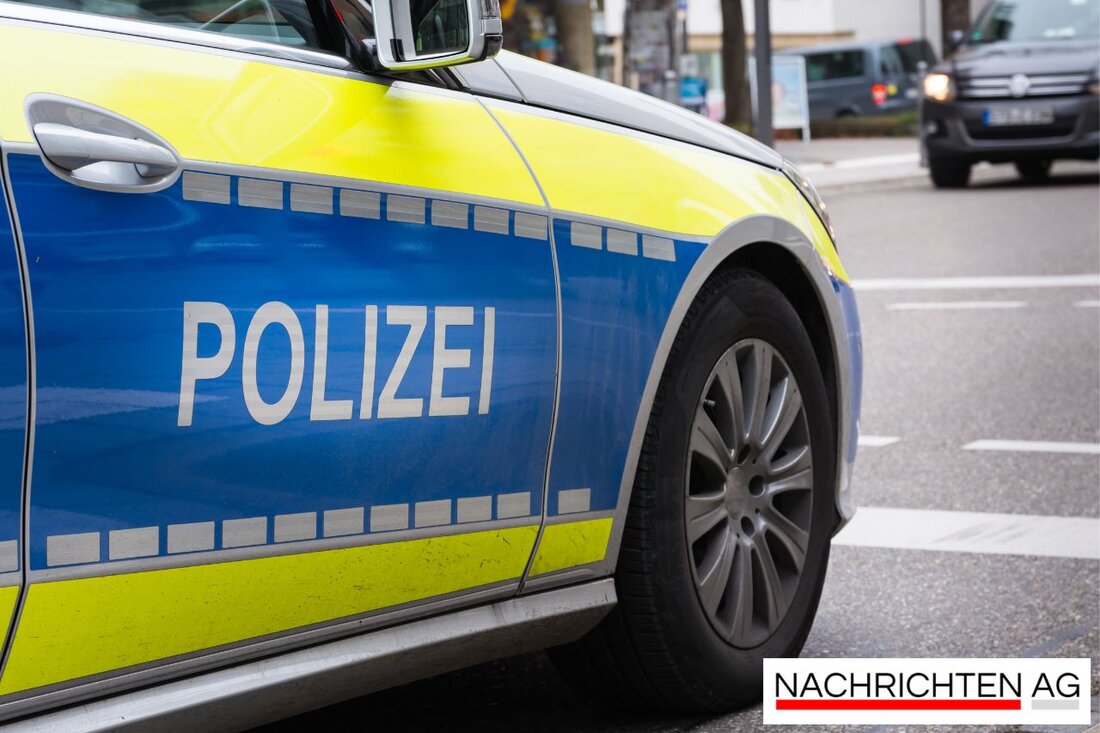Alarm in the Agnesviertel: Poison baits endanger dogs in Lohsepark!
In Cologne's Agnesviertel, reports of poison bait in parks are increasing, endangering dog owners and animals. Warnings and support are growing.

Alarm in the Agnesviertel: Poison baits endanger dogs in Lohsepark!
In the Agnesviertel in Cologne, concerns about dog poison bait are causing great tension among dog owners. Karina Krimmel now avoids the dog park in Lohsepark because she is no longer safe for fear of prepared bait with rat poison and dangerous objects such as screws. Her own dog Milow, a five-year-old mixed breed, has had dramatic experiences with poison bait in the past and had to be taken to a veterinary clinic because of poisoning. In recent months, reports of similar incidents have been increasing, and worrying reports have been circulating in WhatsApp groups of affected dog owners.
The alarming discoveries of prepared bait in the area are concerning. Two dogs have already poisoned themselves in Lohsepark. Marie Gauthier even had to file a criminal complaint after her dog Jules ate a suspicious piece of meat and put his life in danger. The Stommeln veterinary clinic has confirmed the dangers of poison bait and reports serious symptoms such as disorientation, dizziness and epileptic seizures, which can threaten affected dogs. Despite these frightening facts, the official figures from the Cologne police do not show a significant increase in poisonings, which irritates the perception of many dog owners.
Warnings and safety tips
Sonja Klemmstein has already put up notices to make other dog owners aware of the danger. The city of Cologne recommends reporting poisoned bait to the police immediately and searching the area for more bait. Dog owners should also keep in mind that their animals are at risk from intentionally placed toxins not only in public spaces, but also in private gardens and neighborhoods. Noise pollution or leaving dog feces can annoy neighbors and drive them to extreme measures, such as setting out poison bait.
In order to better protect dogs, targeted training makes sense. Many dogs have a tendency to eat anything on the ground, which endangers their safety. Commands such as “off” or “no” as well as impulse control training can help regulate eating behavior. A muzzle can also provide additional security in vulnerable areas. Such training should be approached in a playful manner and strengthens the bond between dog and owner.
- Hunde sind nicht nur im öffentlichen Raum gefährdet, sondern auch in Nachbarschaften.
- Trainingsmethoden: Leckerli auf Kommando fressen lassen.
- Belohnung statt Strafe: Positive Verstärkung für Ignorieren von Fundstücken.
- Maulkorbtraining in Risikogebieten.
The responsibility also lies with each individual dog owner to be vigilant and take preventive measures. Whether it's regular checks, putting up warning signs in parks or using apps like Dogorama to mark dangerous places - the community is called upon to take action together to combat this threat. Krimmel calls for greater commitment from the city to ensure the safety of the animals and avoid such incidents in the future. Further information and tips on prevention can be found at tasso.net and at welt-auf-vier-pfoten.de.

 Suche
Suche
 Mein Konto
Mein Konto